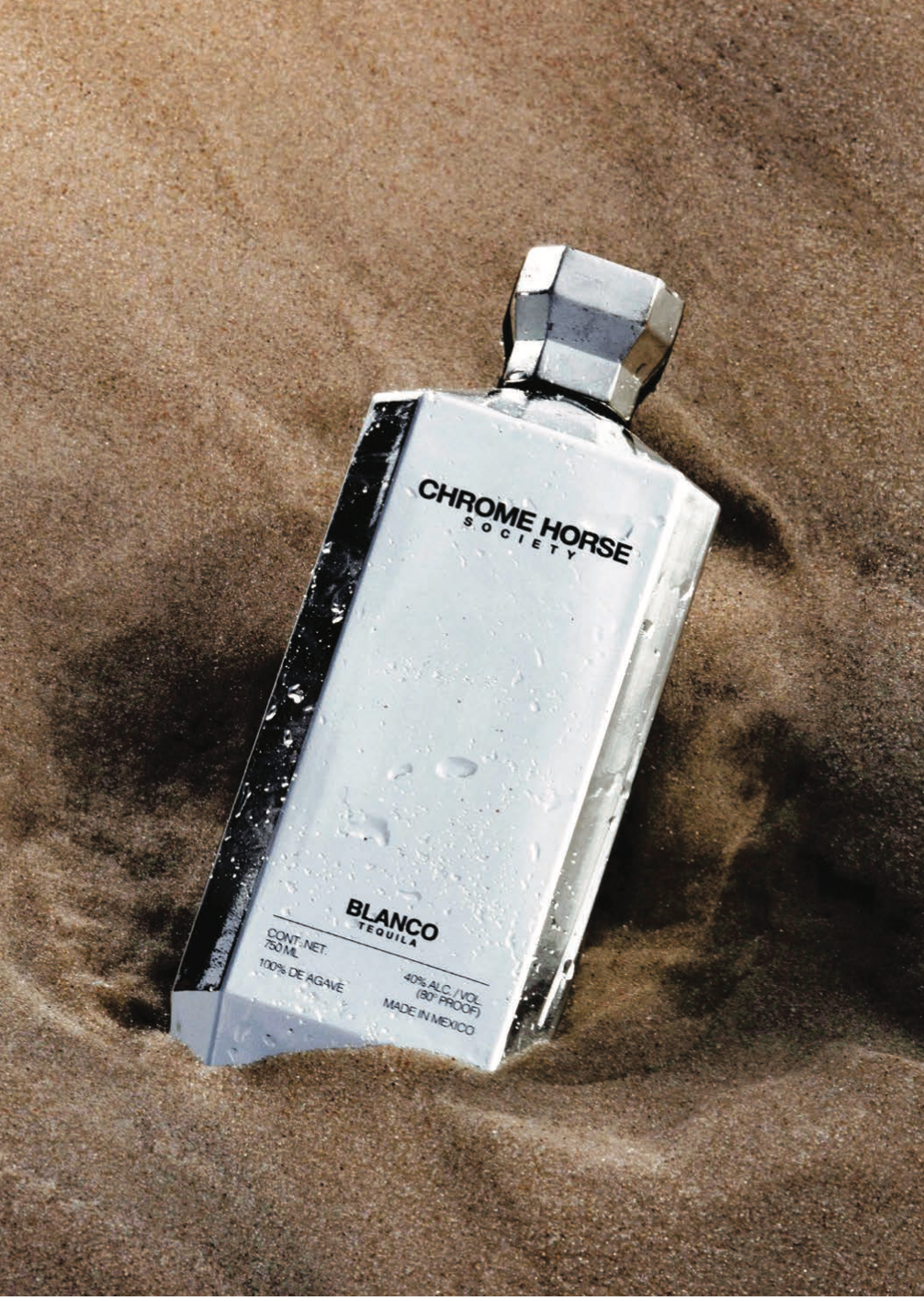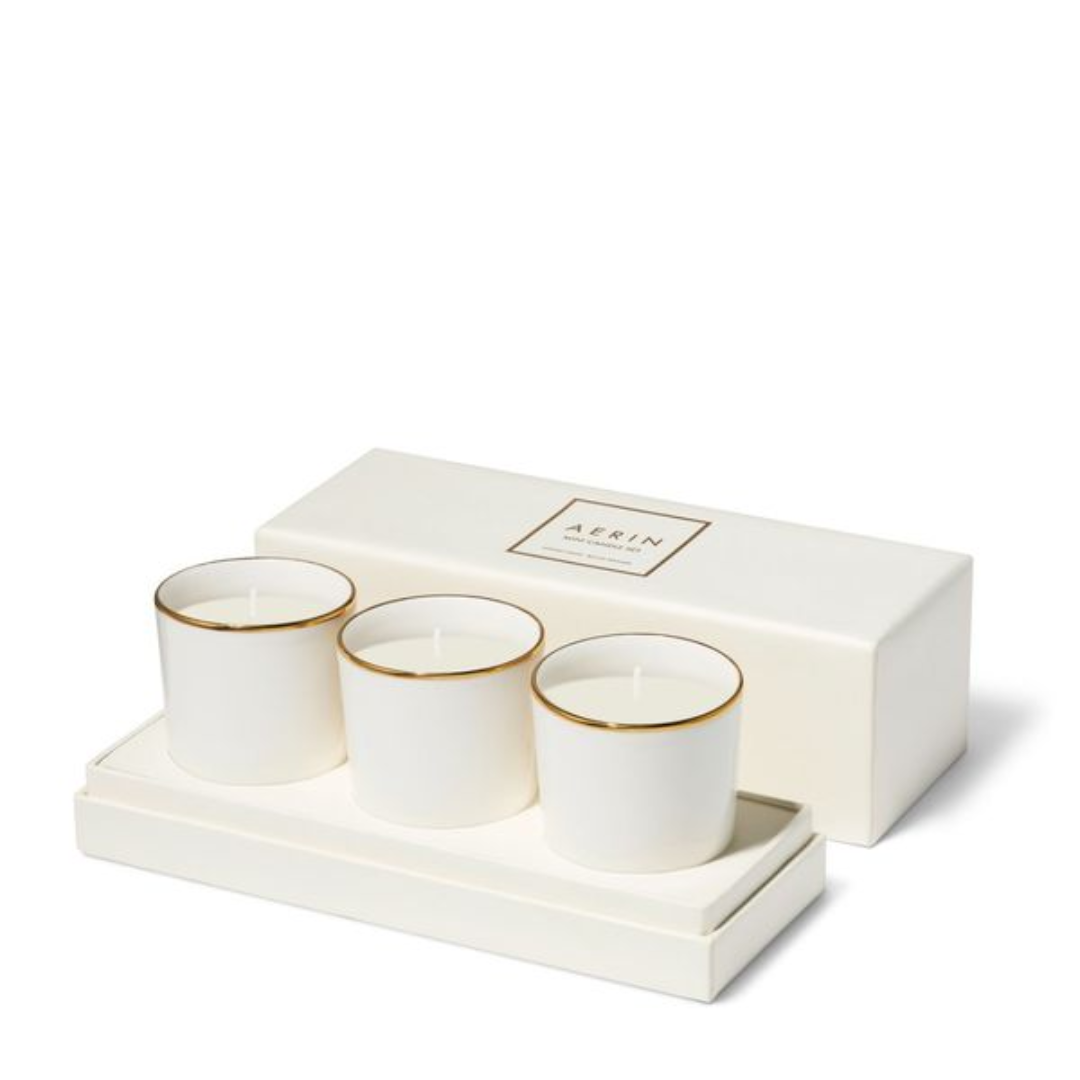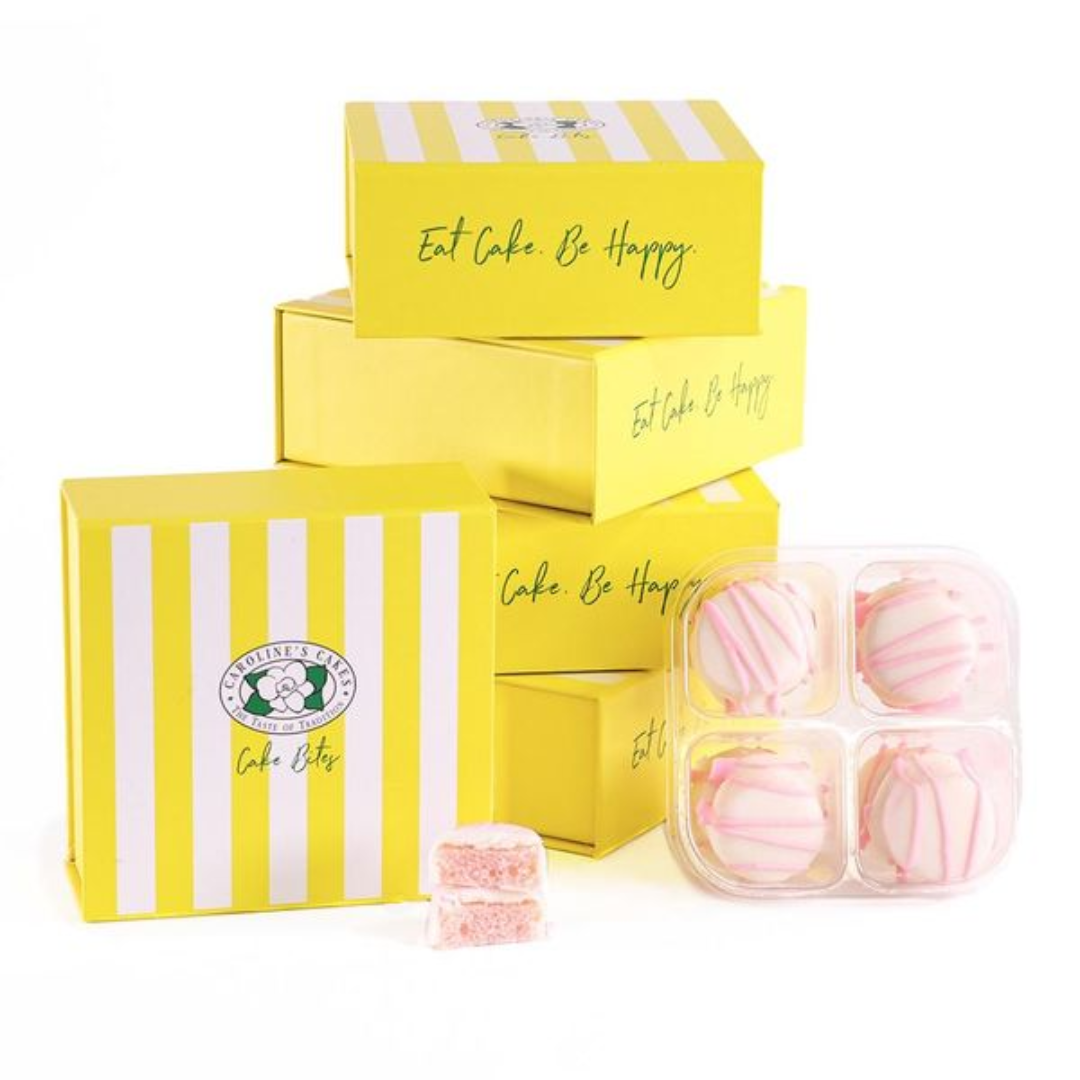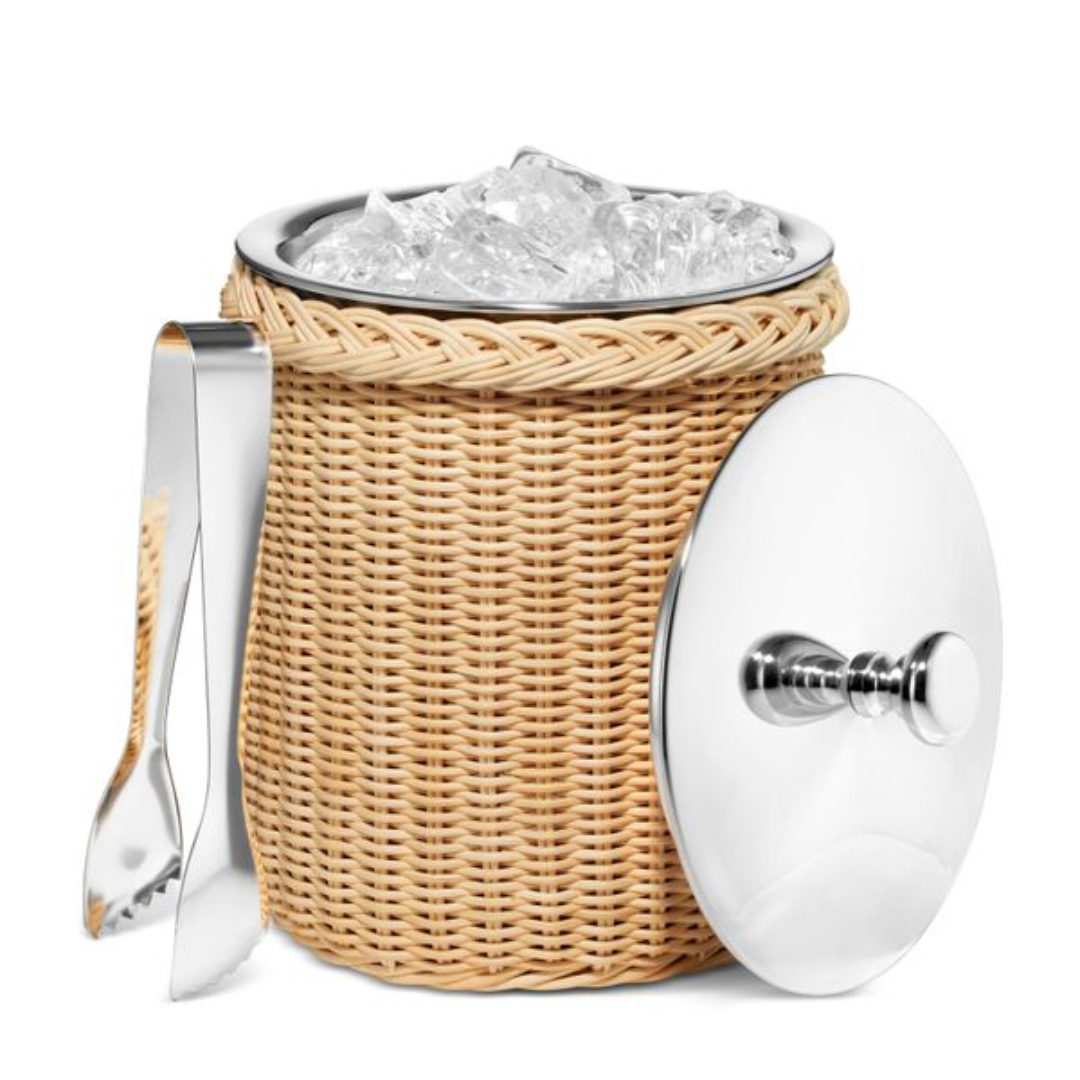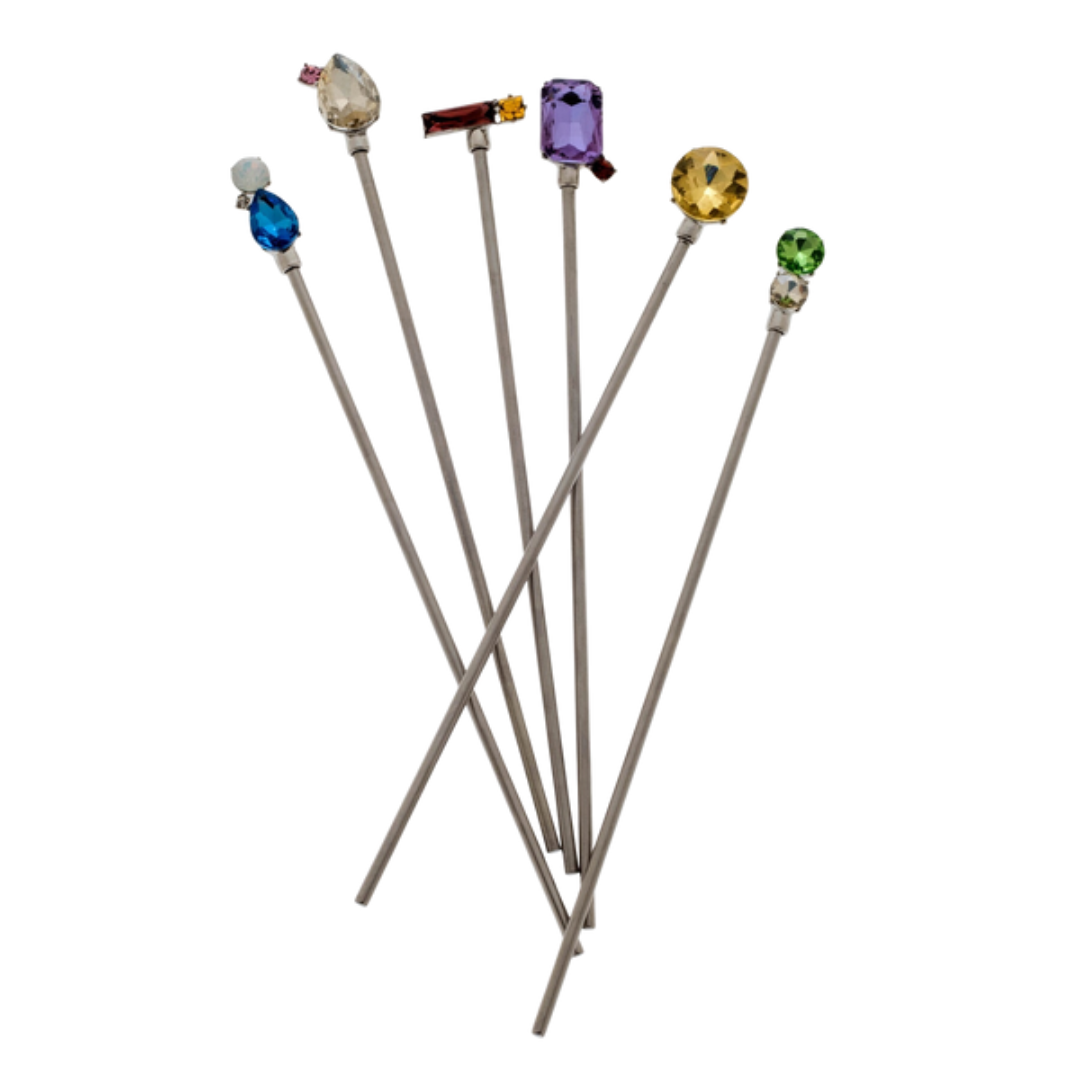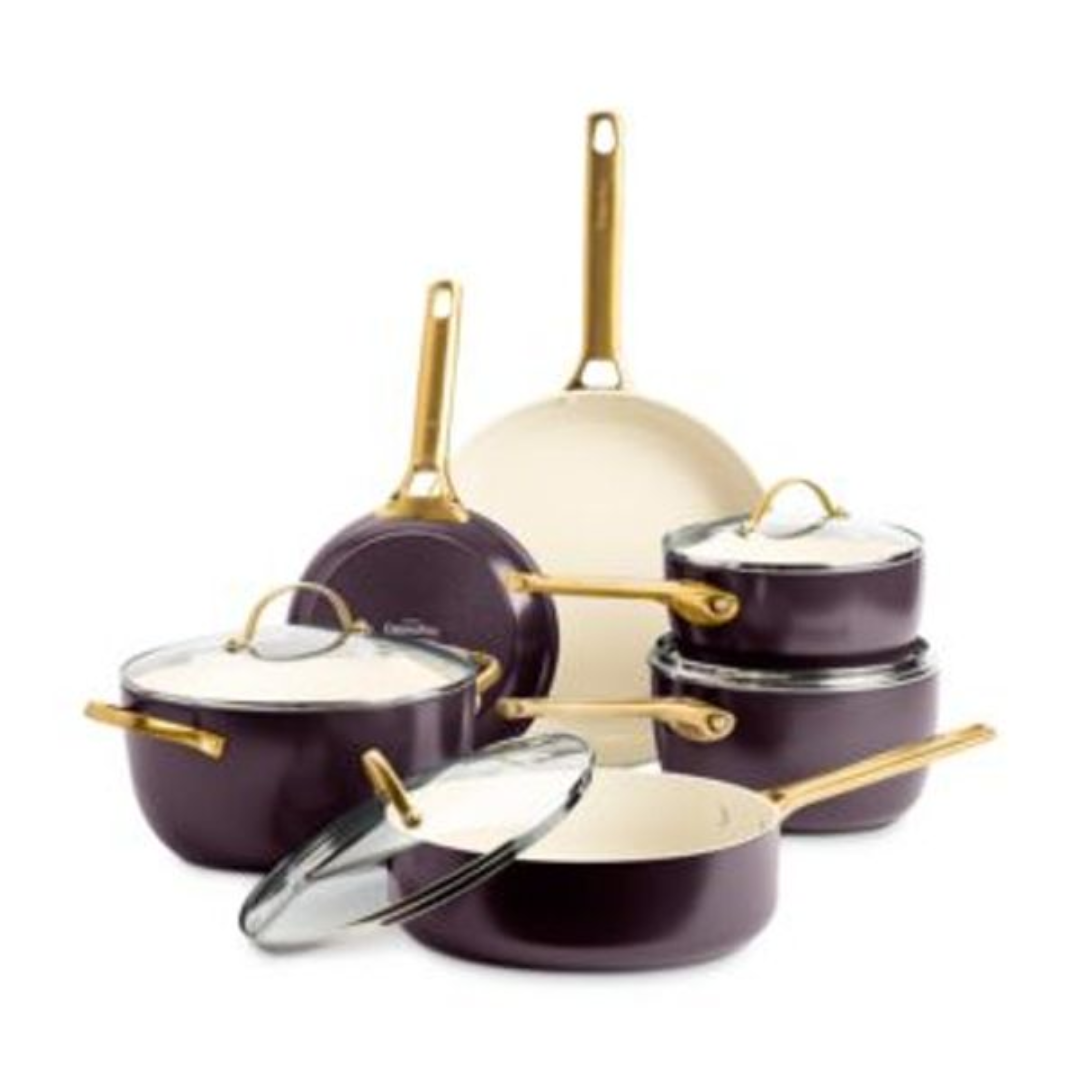It's Ok TO Not Be Ok - Reaching Out For Help

Sigh. Especially over the last couple years, many of us have experienced days with low mood. Days where things have felt particularly heavy. Days where it has felt like we’re moving in a fog or walking through mud. Days of hope- lessness or uncertainty. Summer is typically a more joyful time as the general energy is up, schedules are somewhat looser, and days are bright. But many of us might still be carrying the weightiness of the pandemic and others of us might have a mental illness that doesn’t care about the change of seasons. We need to know when we can just fake it ‘til we make it, when we can pep talk our way through something, or when it’s time to reach out for our own support or to support others.
Being “down in the dumps” is one thing and clinical depression is another. We don’t talk about either nearly enough, as evidenced by the number of people carrying it silently. We might even think we know what major depressive disorder “looks” like: someone who can’t get out of bed or someone who is crying all the time. That is certainly one presentation of it, but depressive symptoms can manifest differently from person to person. The criteria, as outlined by the DSMV, for a person to receive a diagnosis of depression are below. The person must be experiencing at least 5 symptoms during the same 2-week period and at least one of the symptoms is 1) depressed mood or 2) loss of interest or pleasure.
- Depressed mood most of the day, nearly every day.
- Markedly diminished interest or pleasure in all, or almost all, activities most of the day, nearly every day.
- Significant unintentional weight loss or weight gain or decrease or increase in appetite nearly every day.
- A slowing down of thought and a reduction of physical movement (observable by others, not merely subjective feelings of restlessness or being slowed down).
- Fatigue or loss of energy nearly every day.
- Feelings of worthlessness or excessive or inappropriate guilt nearly every day.
- Diminished ability to think or concentrate, or indecisiveness, nearly every day.
- Recurrent thought of death, recurrent suicidal ideation without a specific plan, or a suicide attempt or specific plan for committing suicide.
ation without a specific plan, or a suicide attempt or a specific plan for committing suicide.
Because of the stigma around mental illness and the societal pressure to “have it all together,” many people suffer in silence and put on a front to the outside world. This high functioning depression, though, does not mean a person is fully functioning or that they don’t need sup- port. The internal struggle someone might be battling can even sometimes be hard to detect in oneself and es- pecially in others.
Wherever one might fall on the spectrum of sadness to clinical depression, we need to normalize talking about not being okay and know what options there are for cop- ing and support. We need to normalize slowing down, taking time off, and not “doing it all.” We need to nor- malize asking for help, asking others how they are truly doing, and going to therapy and/or taking mental health medications. We need to equip ourselves with coping skills and strategies, which include knowing how to reach out for help. And we need to not be afraid to have direct and continuous conversations with others.
The world can feel so heavy and hard to navigate AND you’re not alone. Here’s to a Summer of a changing nar- rative around mental health and wellness, checking in on each other, and knowing that it’s okay to not be okay because there is support!




